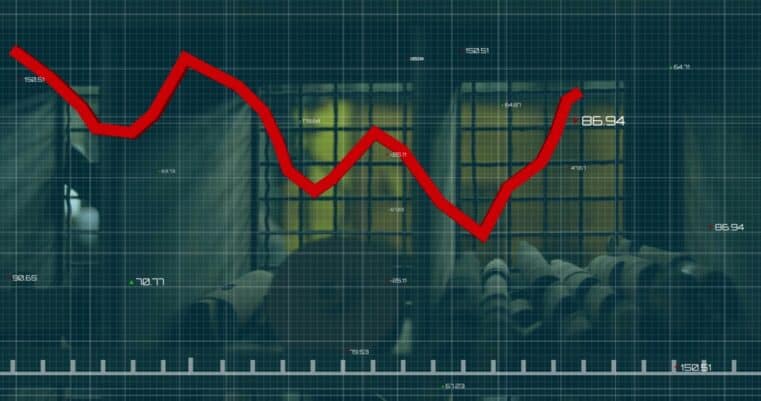
The Fed Is Lowering the Bar for Mega Banks: Here’s Why You Should Be Worried
The Fed’s New “Pragmatism”: Lower the Bar, Raise the Risk
Imagine you run a business where you’re graded on competence, risk management, and governance. For years, you’ve failed to meet the most basic expectations. Your response? Lobby the referees to redefine “failure” so you can keep expanding anyway.
This, in essence, is the Federal Reserve’s latest proposal: make it easier for large banks—many of which are already systemically dangerous—to be labeled “well managed.” Under the current system, if a megabank receives a single “deficient” rating in one category—say, governance or liquidity—it can’t be considered well managed. This designation triggers restrictions: no acquisitions, no unchecked growth, no further concentration of power.
But that threshold is about to be lowered. The new rules would require multiple deficiencies before any real consequences are applied. In other words, regulators are granting banks a pass on incompetence—as long as they spread it around.
Why would the Fed do this now?
Simple. Because too many big players have failed to measure up—and rather than confront the rot, the regulators prefer to rebrand it.
The Illusion of Oversight
Fed Vice Chair Michelle Bowman has tried to spin this as a “pragmatic” realignment of supervisory standards. According to her, it’s unfair that two-thirds of the nation’s largest banks—firms sitting on over $100 billion in assets each—aren’t deemed “well managed.”
Let that sink in: the majority of America’s banking juggernauts are failing internal assessments of their management and governance. And rather than demand reform, the Fed’s solution is to relax the rules so the banks can gobble up more acquisitions and entrench their dominance.
It’s a familiar pattern. After the 2008 collapse, the public was promised that the era of reckless speculation and moral hazard was over. But more than a decade later, these same institutions have amassed even more power. Their failure isn’t a glitch—it’s a feature of a financial system designed to privatize profits and socialize losses.
And if you think a new set of “composite ratings” or softer standards will prevent the next implosion, you haven’t been paying attention.
The Real Agenda: More Mergers, Less Accountability
Let’s call this proposal what it is: a regulatory gift to the banking oligopoly. By weakening oversight, the Fed is paving the way for an unprecedented wave of mergers. When smaller, regional banks are devoured by these lumbering giants, the public is left with fewer options, higher risks, and a front-row seat to the next bailout.
Even Fed Governor Michael Barr—a rare voice of dissent—warned that the change would “reduce incentives to fix underlying issues.” Translation: the banks know they’re failing, but now they have less reason than ever to clean up their mess.
This isn’t about efficiency. It’s about consolidating power under a handful of institutions that have proven time and again they cannot be trusted with it.
What You Can Do to Protect Yourself
If you’ve read this far, you already know the answer is not to trust that regulators will protect you. They won’t. And when the next crisis unfolds, the consequences will be bigger and faster than in 2008.
Here are three steps you can take right now:
Diversify Outside the Megabanks. Move your capital to regional credit unions and local banks with transparent balance sheets. If your savings are sitting in the same institutions the Fed just decided to reclassify, you are betting your future on their competence. That’s not a bet I’d recommend.
Hedge with Tangible Assets. Precious metals, real estate, and decentralized currencies aren’t immune to volatility—but they aren’t exposed to the systemic rot of banking consolidation.
Stay Informed and Skeptical. The headlines will continue to reassure you that “the system is sound.” They said the same in 2007. History is rhyming again. Question everything.
Closing Thought
When regulators rewrite the rules to shield the unaccountable, you must rewrite your own playbook to shield yourself. The financial landscape is shifting faster than most realize, and those who fail to prepare will be left holding the bag—again.
Take Control Today
If you’re ready to start protecting your wealth from this rigged system, here are two resources you can use immediately:
Download my free guide, “Seven Steps to Protect Your Bank Accounts,” and discover actionable strategies to secure your money from the next crisis.
Get your free copy here.
Prefer the feel of a hardcover? I’m offering Bill Brocius’ The End of Banking as You Know It at a special price—just $19.95 (normally $49.95).
Order your discounted copy here.
Remember: control the money, and you control the world—but free your money, and you free yourself.











